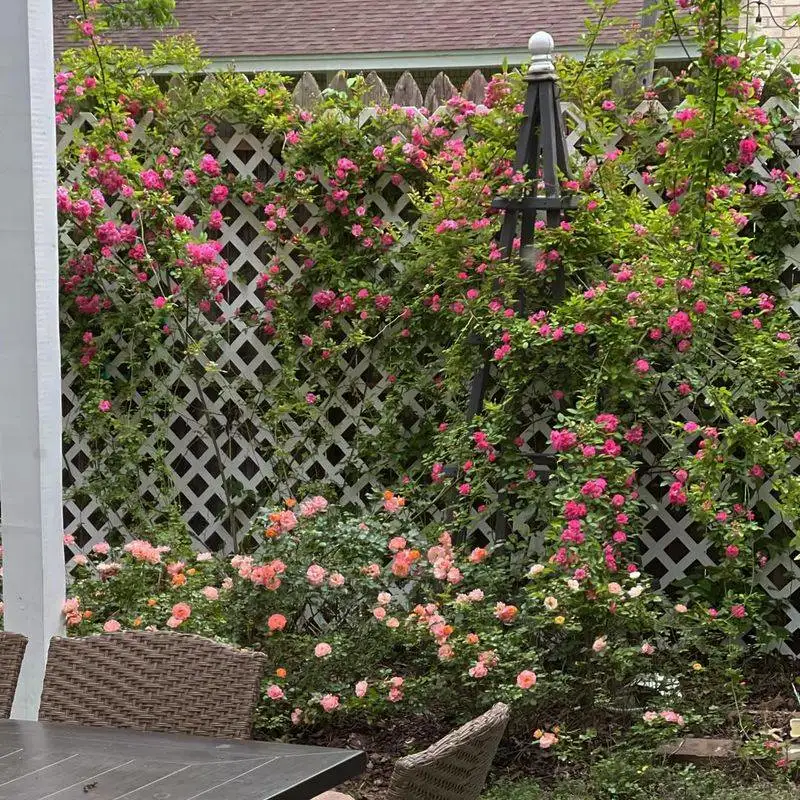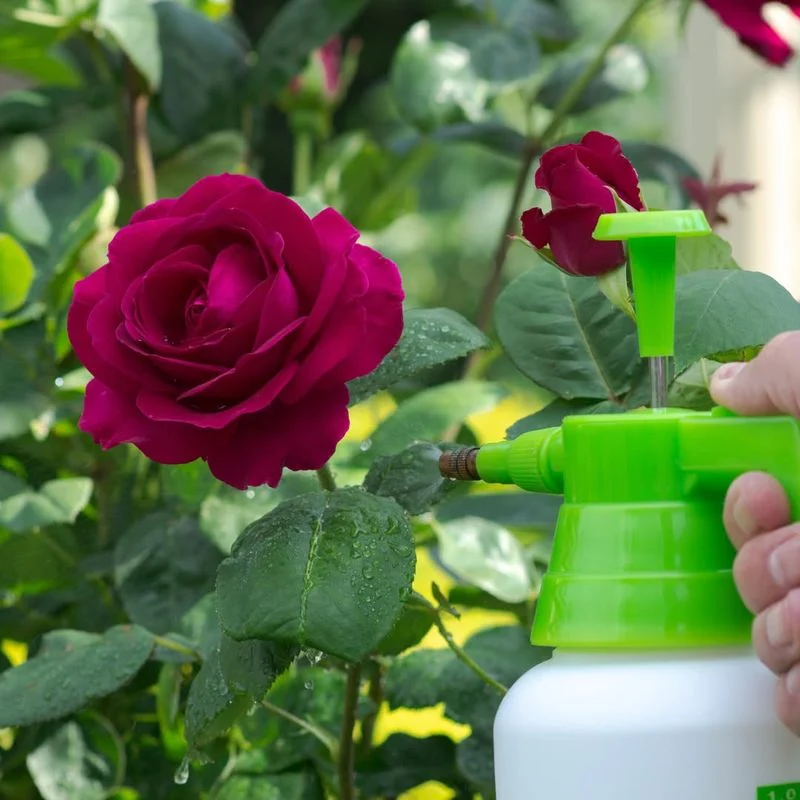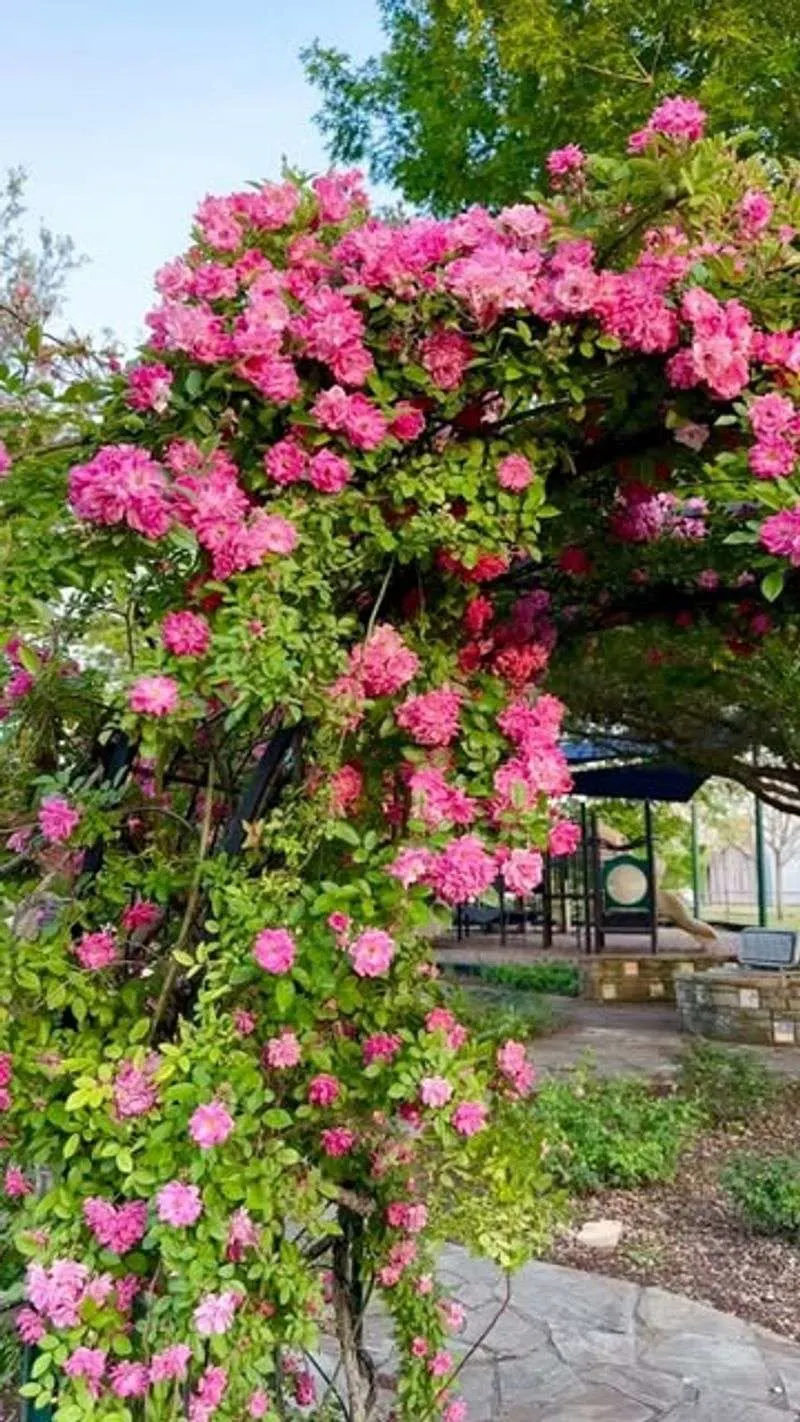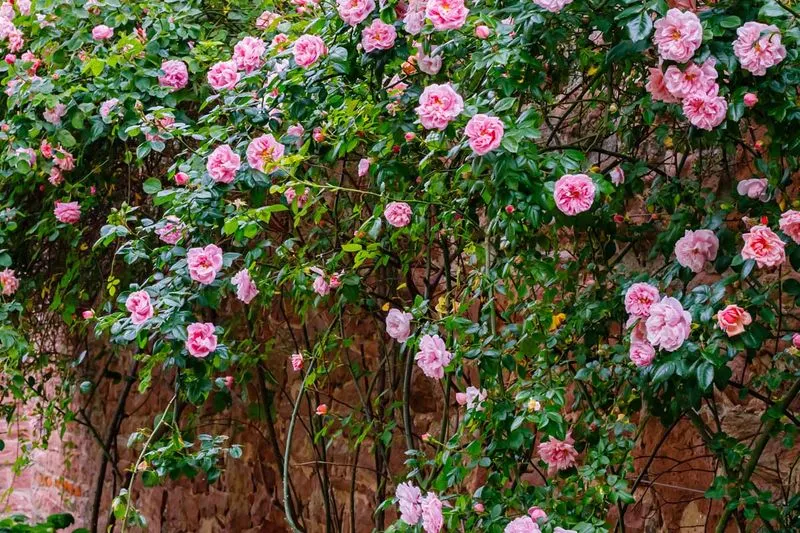Growing climbing roses in your garden might seem like a dream with their beautiful blooms and romantic appeal. However, beneath their stunning appearance lie some hidden challenges that aspiring gardeners should be aware of. From maintenance woes to unexpected pest problems, these issues can turn your rose-growing experience into a thorny affair. Let’s explore five key downsides that you shouldn’t overlook when deciding to plant these enchanting yet demanding roses.
Prone to Pest Infestations

Climbing roses can be a magnet for pests like aphids and spider mites. These pesky invaders thrive in the lush environment created by climbing roses, and their presence can cause significant damage. Aphids, for example, can weaken your roses by feeding on the plant’s sap. Moreover, the dense foliage provides an ideal breeding ground for fungal diseases such as black spot. These unsightly marks not only mar the beauty of the flowers but can also lead to premature leaf drop. To manage these issues, regular monitoring and preventive treatments are essential. Neglecting these tasks can result in an overrun garden, diminishing the overall health and aesthetic appeal of your climbing roses.
High Maintenance Requirements

Climbing roses demand a considerable amount of care and attention. Regular pruning is vital to keep them under control and to promote healthy growth. Without this, they can become unruly and overgrown, leading to an unattractive, tangled mess. In addition to pruning, these roses require proper training along trellises or arbors. This task can be labor-intensive, requiring consistent effort to ensure the roses climb as desired. Watering and feeding them with the right nutrients is also crucial, but these tasks can be time-consuming. If you’re not ready for a hands-on gardening experience, climbing roses may not be the best fit.
Susceptibility to Weather Conditions

Weather can be a formidable adversary for climbing roses. Harsh conditions such as frost can damage their delicate blooms and foliage. Even strong winds can break their branches if not properly supported. In hot climates, intense sun exposure may lead to scorched leaves and flowers, necessitating additional shade. This sensitivity to weather means that gardeners must be vigilant and ready to provide protection when needed. For those living in areas with unpredictable weather patterns, maintaining healthy climbing roses can become a challenging endeavor, requiring extra precautions to safeguard their beauty.
Challenges with Space and Growth

Climbing roses can quickly outgrow their space if not properly managed. Their vigorous growth makes them unsuitable for small gardens, where they can overpower other plants and structures. Without sufficient space, they may block pathways or crowd out neighboring flowers, leading to a chaotic garden layout. Proper planning and consistent trimming are necessary to keep their growth in check and maintain harmony in the garden. Gardeners must be prepared for the possibility of relocating these roses if they become too dominant, which can be a daunting task.
Vulnerability to Fungal Diseases

Climbing roses are no strangers to fungal diseases, with black spot and powdery mildew being frequent adversaries. These conditions can mar the beauty of your roses, leaving you with leaves that look like they’ve been dressed for Halloween. Preventing these diseases requires vigilance and often a proactive regimen of fungicides. Humidity and poor air circulation are the perfect bedfellows for fungal growth. Ensuring your roses are well-spaced and adequately pruned can help combat these issues, but it adds another layer of complexity to rose care. This vulnerability can be disheartening for those seeking low-maintenance beauty.
Complex Training Requirements

Training climbing roses is an art form that demands patience and precision. Unlike some plants that naturally know how to climb, these roses need guidance. You’ll find yourself coaxing them onto trellises, arbours, or fences, creating a botanical dance that requires constant attention. Without proper training, climbing roses can become unruly and lose their intended aesthetic. It’s a task that calls for creativity and an understanding of the plant’s growth habits. For those not inclined towards such detailed work, this requirement can become burdensome rather than enjoyable.
Stubborn Stalks and Snags

Climbing roses are known for their relentless growth, but with that comes a surprising stubbornness. Their long canes have a knack for weaving into trellises, fences, and sometimes even themselves. Unwinding the tangled mess can be akin to solving a garden mystery. One moment, you’re admiring their beauty; the next, you’re caught in a web of greenery. These roses seem to have a mind of their own, twisting and turning without a care. It’s a dance of patience and persistence, with a few snags along the way. Ready to untangle the mystery?
Limited Flowering Season

While climbing roses are known for their breathtaking blooms, these displays are often fleeting. The flowering season is limited, and once the blooms fade, you’re left with a mass of greenery that doesn’t quite have the same appeal. This can be disappointing for those expecting a constant burst of color throughout the year. Planning a garden around this limitation requires creativity and foresight. Supplementing with other flowering plants that bloom at different times can help ensure your garden remains vibrant. However, it’s an added layer of planning that not every gardener is prepared for.

